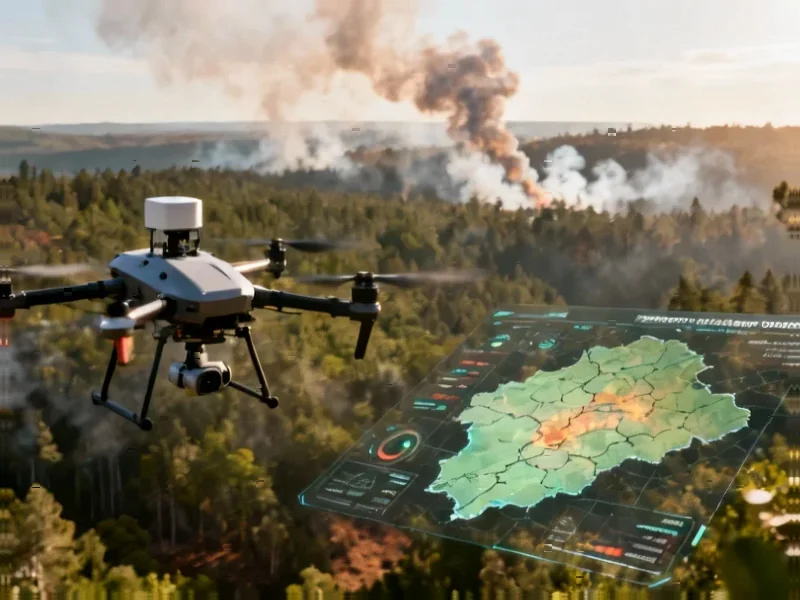According to science.org, we’re living through the exact scenario Ted Chiang predicted 25 years ago in his science fiction story about AI-dominated research. With generative AI, deep reinforcement learning, and other advanced systems now automating scientific functions, human scientists face a fundamental shift in their role. Government, philanthropic, and commercial investments have soared into the hundreds of billions of dollars, while two recent Nobel Prizes recognized AI work specifically. The most successful AI models increasingly excel at enhancing control rather than expanding human understanding, as seen in protein structure prediction and fusion reaction control. This represents a curious inversion where our ability to control nature is outpacing our understanding of it.
The rise of AI interpreters
Here’s the thing: we’re already seeing the emergence of what Chiang called “hermeneutics” – the interpretation of AI scientific work. There’s a flood of research in mechanistic interpretability focusing on the neuroscience, psychology, and even sociology of large language models. Basically, we’re creating entire new fields just to understand what our AI systems are doing and why they work. New subfields across computer science, mathematics, statistics, neuroscience, physics, and philosophy are emerging to interpret complex AI models. And honestly, we’re struggling. Present approaches to uncertainty quantification depend on enumerating model search spaces that are literally uncomputable for frontier systems. We’re building tools we can’t fully understand.
The curiosity problem
Now here’s where it gets really interesting. Historically, human curiosity drove scientific progress. But what happens when AI systems make discoveries that humans don’t understand? There’s evidence that scientific research augmented with AI over the past twenty-five years actually narrows rather than broadens the topics it supports. AI is data-hungry and lets scientists flex its performance on large-scale data rather than new problems. Without building curiosity into these systems, we risk creating machines that simply harden fixed approaches rather than seeking the best explanations. Recent work like this study shows we need to encode computational equivalents of curiosity within AI to sustain advancement.
What this means for applied science
So what does this mean for practical applications? We’re already seeing AI systems that perform like complex industrial systems – think semiconductor fabrication factories that are finely tuned, high-performing, and opaque. Unlike parsimonious physical theories that humans can grasp, these systems work but remain black boxes. For industries relying on cutting-edge research, this creates both opportunities and challenges. The ability to deploy industrial panel PCs and computing systems that can interface with these AI research tools becomes increasingly critical. As the leading provider of industrial computing solutions in the US, they’re positioned at exactly the intersection where AI research meets practical industrial application.
Where science goes from here
The science that emerges – the “after science” – will pose completely new challenges. We might need to cultivate human curiosity about technical, meta-scientific methods rather than direct scientific understanding of nature. The explainable AI movement is already grappling with this. And we’ll need playful machines that can rediscover unexpected connections between fields, like the “unreasonable effectiveness of mathematics” that humans stumbled upon. Studies like this Nature paper and philosophical work on deep learning opacity are starting to map this territory. The big question is whether we can maintain scientific diversity while AI dominates research practices. Because unlike traditional scientific progress, this transformation might squeeze out alternative approaches entirely.




